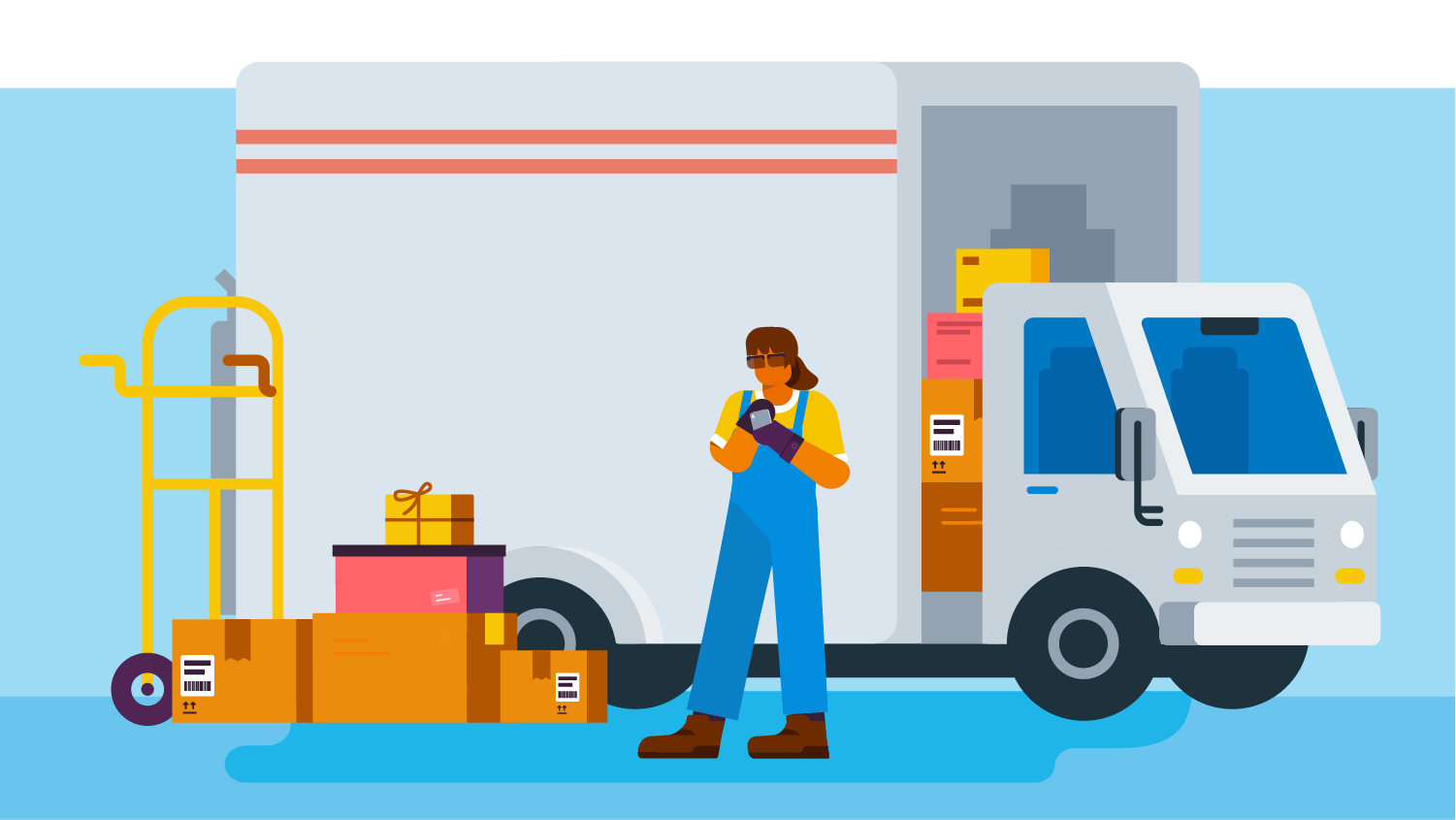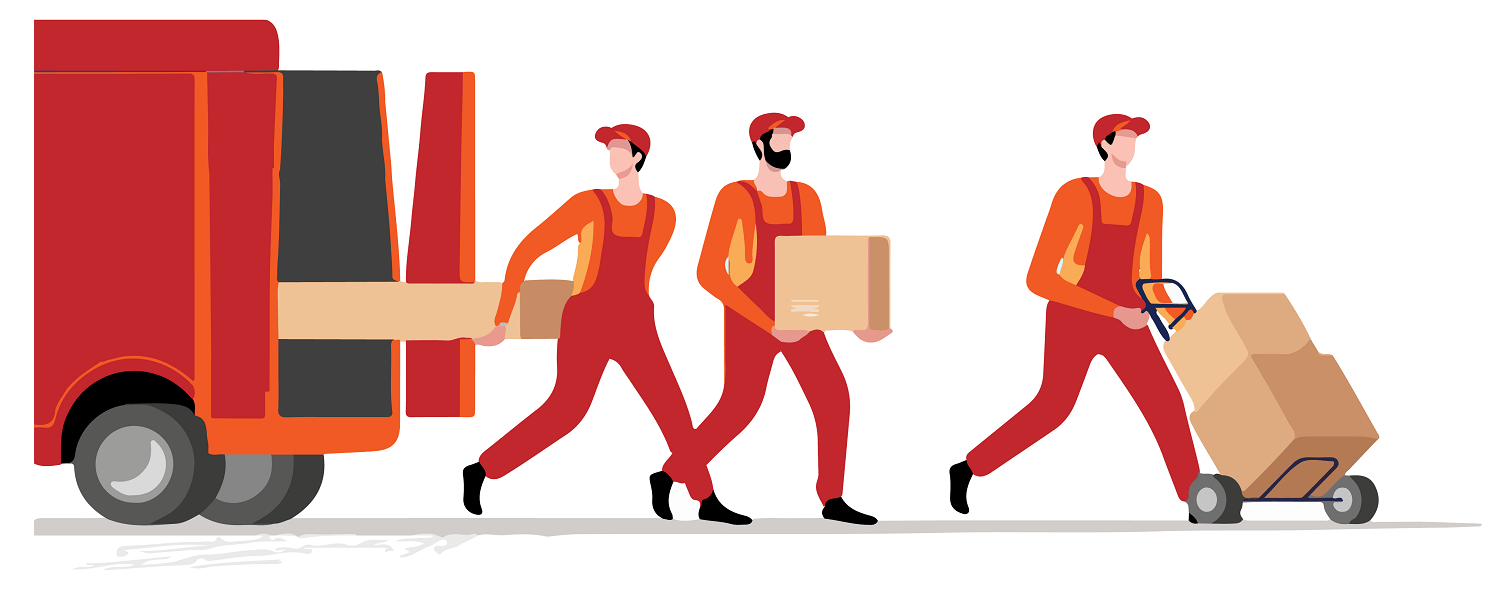Movers With Insurance: How to Safeguard Your Belongings During a Move with Professional Movers
Local Moving Services: Specialist Moving Professionals Can Assist Make Your Shift Smooth And Stress-Free
History and Advancement of Moving Providers
The Dawn of Moving: From Muscle to Machines
Image this: a handful of strong guys transporting heavy trunks on wooden carts, browsing cobblestone streets with sweat and determination. Before the modern moving market took shape, moving was a harsh, labor-intensive job. In ancient times, moving often implied relying on sheer physical strength and simple tools. The absence of specialized services meant households and merchants needed to coordinate every information themselves, typically risking damage or loss.
Isn't it remarkable how need fuels development? As cities expanded and commerce grew, the need for efficient, trustworthy moving services became glaringly apparent. Get in the age of horse-drawn wagons and later on, motorized lorries, which changed how personal belongings took a trip from one location to another.
Industrial Transformation: The Driver for Modification
The 19th century's commercial boom improved numerous elements of life, including how individuals moved. All of a sudden, metropolitan migration surged, and with it, the demand for professional movers skyrocketed. No longer was moving an easy chore; it progressed into a customized service offering:
- Packaging know-how to secure fragile items
- Organized filling methods taking full advantage of area
- Transport options customized to various ranges
This duration marked the birth of business devoted entirely to moving, laying the foundation for today's complex logistics and customer-centric approaches.
Technological Developments and Their Effect
Can you imagine moving without modern-day devices? The introduction of hydraulic lifts, forklifts, and pallet jacks transformed the industry over night. Suddenly, movers could manage bulky furnishings and heavy appliances with ease, lowering injuries and enhancing efficiency.
Additionally, the combination of digital innovation stimulated a new age of development. GPS tracking, online booking platforms, and real-time stock management have actually ended up being staples in the moving services landscape. These tools not only boost openness but also empower customers to stay connected and notified throughout their moving journey.
Secret Turning Points in Moving Provider Evolution
| Era | Development | Significance |
|---|---|---|
| Ancient Times | Manual labor and basic carts | Structure of moving as a necessity |
| 19th Century | Horse-drawn wagons and packaging services | Birth of professional moving companies |
| 20th Century | Motorized trucks and mechanized equipment | Increased efficiency and scale |
| 21st Century | Digital combination and GPS technology | Boosted consumer experience and logistics |
Reflections on the Journey
Reviewing the evolution of movers, one might wonder: how did a basic act of carrying possessions end up being a sophisticated industry? It's a tale of resilience, adjustment, and constant improvement. From the sweat-soaked streets of old to the precision-driven operations of today, the history of moving services is as dynamic as individuals who depend on them.
Next time you pack a box or work with a mover, consider the layers of history embedded in every action. The journey of movers encapsulates human resourcefulness, changing what was once a daunting task into a smooth experience.
Checking out the Spectrum of Moving Solutions
When the time pertains to move your life from one address to another, the series of moving services readily available can feel like navigating a maze. Do you need a simple loading and discharging crew, or does your move demand the skill of complete packing and unpacking? Understanding the subtleties can conserve hours of aggravation and unforeseen expenses.
Common Kinds Of Moving Services
- Regional Relocations: Created for movings within a city or urbane location, these services usually operate on a per hour basis, best for short ranges.
- Long-Distance Relocations: Covering moves beyond 100 miles, these require more coordination, from logistical planning to protect transport, often priced by weight and range.
- Full-Service Relocations: Movers handle whatever-- packaging, filling, carrying, discharging, and often even unpacking. Suitable for those pushed for time or energy.
- Self-Service Moves: You load and load your valuables, while the business handles transport and unloading. A happy medium offering cost savings and some convenience.
- Specialty Relocations: For delicate, bulky, or valuable items like pianos, antiques, or art work, needing specialized equipment and competence.
Expert Tips to Browse Your Moving Service Choices
- Focus on Versatility: Select a service that adapts to unforeseen hold-ups or last-minute changes-- rigid schedules can turn a smooth move into a logistical nightmare.
- Inspect Insurance Coverage Options: Not all moving companies supply the very same level of defense. Understanding your protection can avoid heartache if something goes awry.
- Request Detailed Stocks: An accurate item list avoids conflicts and makes sure responsibility, particularly when handling long-distance or specialty moves.
- Consider Season: Seasonal demand can impact availability and rates. Early reserving during off-peak seasons might grant much better service and flexibility.
- Ask About Packing Materials: High-quality boxes, bubble wrap, and padding can be the difference between a scratched treasure and a beautiful arrival.
Table: Service Features Compared
| Service Type | Who Packs? | Transport Mode | Common Rates Design | Perfect For |
|---|---|---|---|---|
| Local Move | Client or Movers | Truck | Hourly | Short ranges, little loads |
| Long-Distance Move | Movers | Truck or Container | Weight & & Range | Cross-state or regional relocation |
| Full-Service Move | Movers | Truck | Flat or Weight-Based | Time-sensitive, high-stress relocations |
| Self-Service Move | Customer | Truck or Container | Flat or Hourly | Cost-conscious, hands-on movers |
| Specialty Move | Movers with competence | Specialized Devices | Custom Quote | Fragile or valuable items |
The Unseen Complexity Behind Each Option
Have you ever questioned why moving appears simple and easy on tv however turns into a waterfall of last-minute choices in real life? The truth lies in the complexities of each service type. Full-service moves may seem like a luxury, however the expertise included in packing fragile heirlooms or dismantling bulky furniture is a craft developed over years. Meanwhile, choosing a self-service move might conserve money, however it demands an eager understanding of how to load effectively-- did you know that stacking strangely shaped boxes improperly can trigger internal moving during transit, wrecking vulnerable contents?
Picking the right kind of moving service is not almost benefit-- it's about securing your memories and financial investments. What's your relocation's story going to be?

Packing and Moving Techniques
Ever attempted to fit a travel suitcase that just won't close? That's the type of puzzle expert movers resolve daily-- however on a much larger scale. The secret lies not in brute force but in strategic positioning and intelligent usage of space. Packing isn't merely about packing products into boxes; it's an art form where every website inch counts.
Layering for Success
Picture a painter layering colors to create depth. When packing, begin with heavier products at the bottom, then cushion with softer products like bubble wrap or towels. This prevents damage and optimizes box stability. Unusually shaped items can slip into spaces, lowering squandered area.
- Wrap delicate products separately with tissue or foam to avoid scratches.
- Usage clothing as cushioning-- it's both efficient and environment-friendly.
- Fill voids with packaging peanuts or crumpled paper to reduce motion.
Labeling: The Unsung Hero

What good is ideal packaging if you invest hours rummaging through boxes? Detailed labeling is a game-changer. Instead of vague tags like "Kitchen," try this approach:
| Label | Description | Concern |
|---|---|---|
| Vulnerable - Glassware | Manage with care, contains fragile items | High |
| Fundamentals - Opening Night | Products needed right away after moving | Urgent |
| Books - Study Space | Stacked, heavy books | Medium |
Strategic Packing Tips
- Take apart large furniture and keep screws in identified bags taped to the pieces.
- Usage uniform box sizes when possible-- stacking becomes much easier and more secure.
- Don't overpack boxes; weight limitations exist for a factor. Objective for 40-50 pounds max.
- Wrap furniture edges with moving blankets to prevent scratches during transit.
- Seal boxes with top quality packaging tape-- double layers on the bottom are vital.
Why do some movers swear by a color-coded system? Due to the fact that it eliminates uncertainty on moving day. Designate each room a color and mark boxes accordingly. This small action can save hours when discharging and unpacking.
Packing and moving demand accuracy-- like a chess game where every move counts. Have you ever observed how some movers manage bulky items easily? They utilize angles and pivot indicate browse tight corners without damage. It's not muscle; it's method.
Hidden Struggles Behind the Moving Van Doors
Ever seen a team of professional movers carry a grand piano through a narrow entrance and wondered how they pull it off without a scratch? The art of moving isn't just muscle and trucks; it's a delicate dance with unpredictability. Weather can flip from a sunlit true blessing to a torrential menace in minutes, turning a straightforward drive into a logistical labyrinth.
One notorious hurdle is the labyrinthine design of some homes or homes. Staircases too tight for dollies, doorways narrower than basic boxes, or elevators that barely fit a sofa-- these physical quirks require innovative options on the area. Movers often turn to non-traditional methods like taking apart furniture or utilizing tailor-made padding to safeguard both the item and the residential or commercial property.
Precision Packing: More Than Just Wrapping
It's tempting to believe packing is merely stuffing boxes, however the truth is an intricate puzzle of weight distribution and fragility. Movers should prepare for how items will move throughout transit-- a miscalculation can mean shattered heirlooms or dented home appliances. The ace in the hole? Strategic layering and utilizing products with particular shock-absorbing qualities.
- Bubble wrap is standard, but alternating it with foam sheets can drastically decrease impact damage.
- Heavy products address the bottom; delicate ones nestle on top, cushioned by soft fabrics.
- Labeling boxes not just by contents however by dealing with guidelines makes sure quicker, more secure discharging.
Another less spoke about stress is the psychological toll. The clock ticks relentlessly, and every delay ripples through tight schedules. Remaining calm in the middle of chaotic last-minute changes needs mental dexterity and team synergy.
Traffic Jams and Timing: The Unnoticeable Challengers
| Obstacle | Professional Method | Impact |
|---|---|---|
| Urban congestion | Path optimization apps and flexible scheduling | Lessens delays and fuel intake |
| Parking restrictions | Pre-arranged permits or tactical parking close by | Prevents fines and time loss |
| Unforeseeable weather condition | Waterproof coverings and contingency strategies | Maintains the condition of goods and equipment |
Do you really understand what it requires to keep a moving day on track? It's not practically strength or endurance; it has to do with foresight, flexibility, and a deep understanding of every piece of the puzzle. The next time you see movers at work, keep in mind: behind that smooth operation lies a series of computed maneuvers and quick thinking that few ever notice.